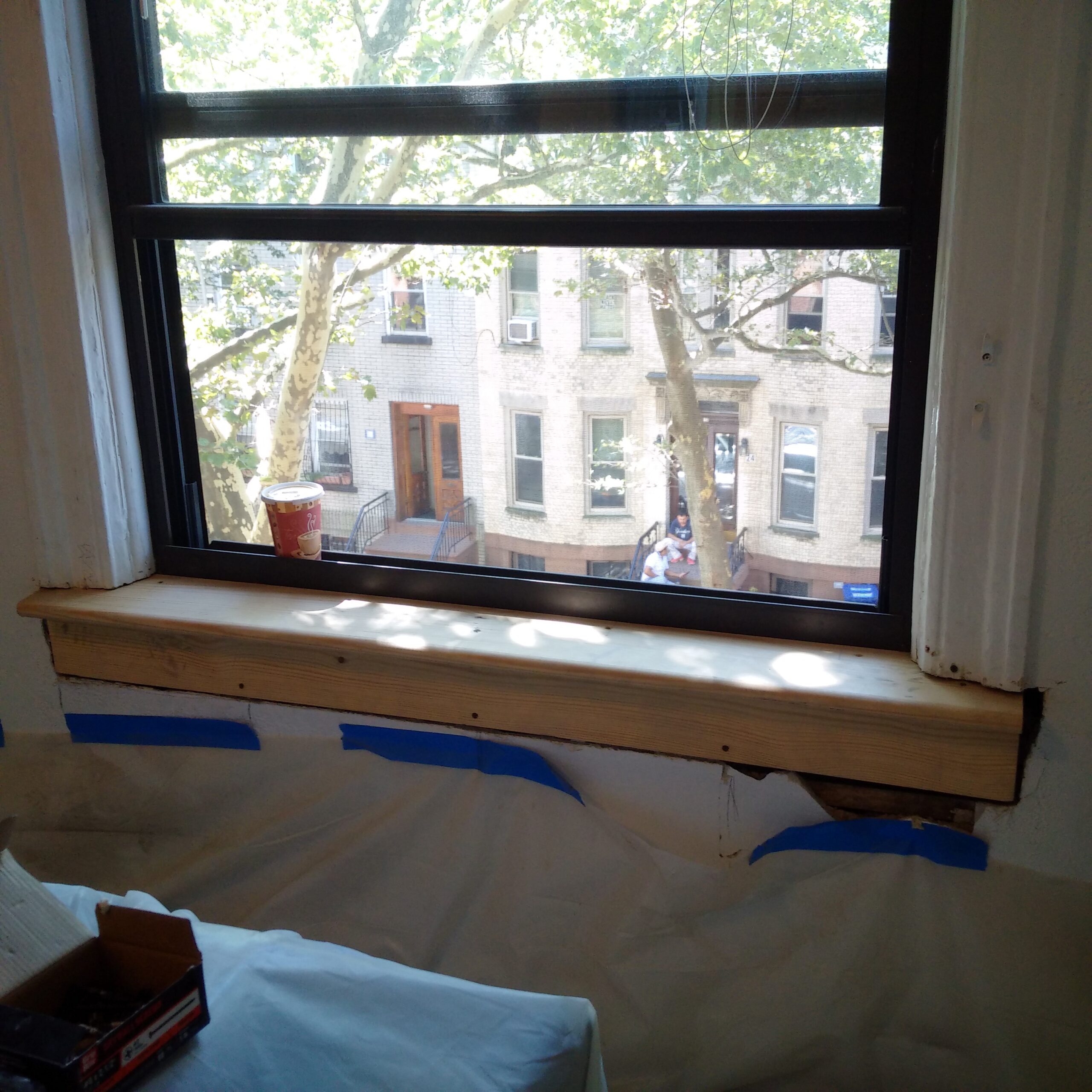NYC Lead Removal Contractors-- Obtain Safe and Effective Solutions
Ideal Practices for Guaranteeing Safe and Detailed Lead Infraction Reduction
Resolving lead offense reduction needs a multi-faceted method to make sure both security and compliance. It's the final clearance procedure, entailing complete assessments and lab testing, that truly confirms a lead-free setting, making sure long-lasting safety. How do these techniques adjoin to guarantee comprehensive lead reduction?

First Evaluation
Conducting a first evaluation is a vital first action in lead violation reduction. This phase encompasses an in-depth assessment of the residential or commercial property to recognize the existence, extent, and certain locations of lead-based threats. Qualified specialists, such as licensed lead assessors or run the risk of assessors, need to carry out a comprehensive website inspection, using devices like X-ray fluorescence (XRF) analyzers to precisely identify and determine lead focus in paint, dust, soil, and water.
The analysis should additionally include an evaluation of the structure's history, previous reports, and any kind of grievances or wellness issues reported by residents - Lead Removal Contractors. Recording the findings carefully is crucial, as these records develop the basis for creating an effective abatement method. A thorough assessment likewise entails sampling and laboratory analysis, which are important to validate the presence of lead and guide subsequent activities
In addition, it is important to interact the outcomes transparently to all stakeholders, consisting of property owners, lessees, and regulatory authorities. By guaranteeing that the preliminary evaluation is performed with accuracy and roughness, experts can lay a strong foundation for a targeted and efficient lead abatement procedure, ultimately securing public health and ensuring compliance with regulative criteria.
Appropriate Control
Appropriate containment is essential to prevent the spread of lead contaminants during abatement activities. Effectively managing control decreases the threat of lead dirt and particles migrating to non-work areas, thereby safeguarding both the setting and people outside the instant job area. To attain appropriate containment, an airtight obstacle of plastic bed linen need to be established around the workplace, making certain all joints and edges are securely secured. Lead Removal Contractors. This barrier ought to extend from flooring to ceiling and be taped down to prevent any kind of leakages.

Normal assessments of the control location are necessary to look for breaches or weak points in the barrier. Any type of identified concerns should be without delay addressed to keep the integrity of the control. By adhering to these methods, reduction projects can properly control lead contamination and minimize involved health and wellness risks.
Worker Defense
Guaranteeing employee defense is critical throughout lead abatement jobs to protect against occupational direct exposure to unsafe lead particles. Necessary measures include making use of see here individual protective devices (PPE) such as respirators, handwear covers, and full-body matches specifically developed to obstruct lead dirt and fumes. Workers ought to go through thorough training on the correct usage and maintenance of PPE, consisting of healthy screening for respirators to ensure maximum effectiveness.
Design controls, such as neighborhood exhaust air flow systems, are crucial in reducing airborne lead concentrations in the job setting. Management controls need to also be implemented, including limiting the duration of exposure and rotating workers to lower individual direct exposure times. Regular medical security and organic surveillance are essential for early detection of lead absorption, allowing timely intervention and treatment.
Furthermore, establishing a decontamination protocol is vital. Employees have to adhere to rigorous purification treatments prior to breaks and at the end of their shift to avoid lead dust from being carried outside the workspace. This consists of complete hand and face cleaning with lead-specific cleansing agents and changing out of contaminated apparel.
Thorough Clean-up
Preserving a safe workplace prolongs beyond employee security and includes careful cleaning to make sure lead bits are thoroughly gotten rid of from the website. The process of thorough clean-up is crucial in preventing the recontamination of the moderated location and safeguarding both existing and future passengers.
To achieve a thorough clean-up, all work locations should be methodically decontaminated. This entails using specialized HEPA (High-Efficiency Particulate Air) vacuum cleaner cleaners and wet-wiping strategies to catch and Check This Out remove great lead dirt that may have picked surfaces. It is important to cleanse all horizontal surface areas, including floors, home window sills, and counter tops, along with vertical surface areas that might have caught lead fragments.
Workers need to wear suitable individual protective devices (PPE) throughout cleanup to prevent direct exposure to residual lead dust. Made use of cleaning materials such as wipes, sponges, and wipe heads should be thrown away in conformity with dangerous waste disposal laws.

Last Clearance
Final clearance is the important ending phase of lead abatement that establishes whether the site is safe for reoccupation. This important action involves extensive examination and screening to verify that all lead risks have actually been properly eliminated. The process begins with an aesthetic examination by a certified lead-based paint inspector or danger assessor to make sure no noticeable dirt or particles continues to be. This is followed by collecting dust wipe samples from different surface areas, consisting of floorings, windowsills, and various other straight surface areas. Lead Removal Contractors.

Last clearance testing not only protects future owners yet likewise guarantees compliance with neighborhood, state, and government policies. Furthermore, it acts as a documented validation of the reduction contractor's adherence to sector finest methods. Guaranteeing a comprehensive and effective last clearance is vital in safeguarding public health and wellness and promoting count on in the abatement process.
Conclusion
Making sure safe and comprehensive lead offense abatement demands a diverse strategy including first evaluations with innovative detection techniques, effective containment approaches, strict employee protection procedures, and thorough clean-up treatments. The final clearance phase, including detailed assessments and research laboratory testing, is vital to confirm compliance with EPA requirements. Adherence to these ideal practices ensures a secure environment for residents, alleviates wellness risks, and supports governing needs, thereby promoting public health and wellness and safety and security in lead-affected locations.